Best soil amendment for heavy clay soil?
dojutsu
3 years ago
Featured Answer
Sort by:Oldest
Comments (6)
mindshift
3 years agoEmbothrium
3 years agoRelated Discussions
Carrot Beds - How to Amend Clay Soil
Comments (8)I had heavy clay in one bed and found out from the folks on the Soil, Compost & Mulch forum to never use sand to loosen clay soil. Even though it seems logical to add sand, it actually will turn your soil to something like cement. Add some nice loose compost and keep working on it. Last year that bed had such heavy clay that I turned it into a lasagna bed and got a HUGE yeild of squashes. We had great luck with doing what marlingardener suggested. My carrot bed was poor rocky soil so I sifted it and made a raised bed with lots of compost. We planted the carrots using Dick Raymonds wide rows method of planting and got a really good yield of Danvers half long. Check out the other forum for great tips on improving your soil. Good Luck....See MoreSoil amendments for clay soil in TN
Comments (12)Im not so sure that was the meaning. First clear away any soil that covers up the root flare. Don't be surprised if you find this severely buried under several inches of soil when you get the tree. That is common. Then once you have found the root flare, where the trunk flares out where it meets the beginning of the roots, this is what you want a little above the level of surrounding ground to compensate for settling. The important thing is that the root flare is exposed. If you're starting with a b&b tree, put it in the planting hole so that approximately 10% is sticking out above the surrounding ground, then remove any soil covering the root flare. Adjust the depth of the planting hole if necessary. If you are planting a containerized tree, it is easy enough to expose the root flare prior to planting. Set it so that it's a couple inches above the ground. I don't think I mentioned this before but dig a wide planting hole, preferably 3 times the width of the tree container or soil ball. It doesn't have to be deep but it should be wide. This will loosen up the soil for more rapid establishment and is preferred over amendments....See MoreBahia- soil amendments, clay tolerant succulents?
Comments (8)Aloe thraskii might be a bit too cold sensitive for El Sobrante, as parts of your town get significantly colder than Berkeley/Oakland, and this species isn't amongst the most freeze tolerant of the tree aloes; better to stick with Aloe marlothii or A. ferox or A. arborescens. In general, it is always better to mound the soil if you have this option to give better drainage with heavy clay soils on a flat lot. Just creating mounds that are 12 to 18 inches above the flat parts is often all that is required to improve your drainage. There are lots of succulents that will tolerate straight clay soils if they slope to drain, but adding and mixing in at least 2 to 6 inches of soil amendments won't hurt, and American Soil Products multi-purpose or general landscape mixes work well. If you have your heart set on species that are more demanding, then add some perlite and pumice to the mix at individual planting holes, and make sure more sensitive plants are planted higher up on mounds rather than in low points. Full sun during winter and good air exposure also help to make plants more tolerant of winter wet and clay soils. In general, succulents that come from winter rainfall habitats will be more broadly tolerant of poor soil conditions, and your best clues will be observing which succulents do well in your neighborhood....See MoreSoil amendments: clay soil, fully planted beds
Comments (16)My first garden was created 5 years ago...we took off the sod, amended with compost, tilled and planted and mulched. It was a nightmare. I probably needed 60 times more compost, and never could have afforded it. The following two years I hated working in the garden because it was such hard work with the clay and many plants didn't thrive. I replanted areas many times and each time I would add more compost/mulch, whatever I could get my hands on. I also added a soil conditioner that was very expensive but works like gypsum...breaks down clay. (Who knows, maybe it WAS gypsum with a bigger price tag.) It's 6 years later now and I have to tell you that the garden is just a delight to work in now. I plan to spread gypsum a couple of times each year and continue mulching the beds, but I'm sure I'll never have to do all that double-digging like I did before....just keep on piling on the stuff like everyone wrote above, and before you know it, your beds will be as you need them to be. I also highly recommend that you search out plants that LIKE clay, so that your plantings will be successful. I spent many, many dollars buying plants that needed more drainage than I had and would die...and I wondered why. Some of those plants might do ok for me now in the same garden, but I think it's important to plant things that actually LIKE the ground that they are in today. Good Luck!...See MoreS Rodriguez
3 years agodavidrt28 (zone 7)
3 years agolast modified: 3 years agoUser
3 years ago
Related Stories

GARDENING GUIDESGardening Solutions for Heavy Clay Soils
What’s a gardener to do with soil that’s easily compacted and has poor drainage? Find out here
Full Story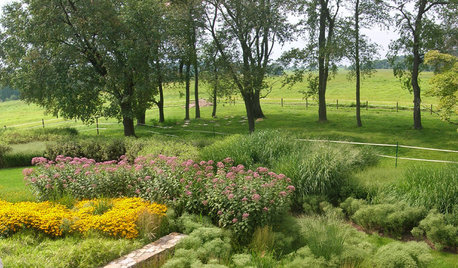
GARDENING GUIDESHow to Stop Worrying and Start Loving Clay Soil
Clay has many more benefits than you might imagine
Full Story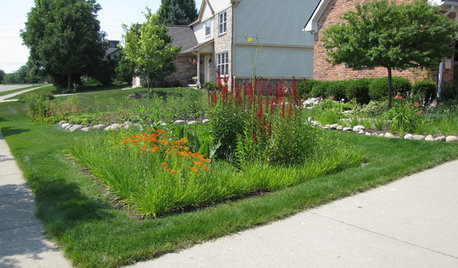
LANDSCAPE DESIGNHow to Shape a Rain Garden and Create the Right Soil for It
Learn how to grade, lay out and amend the soil in your rain garden to support your plants
Full Story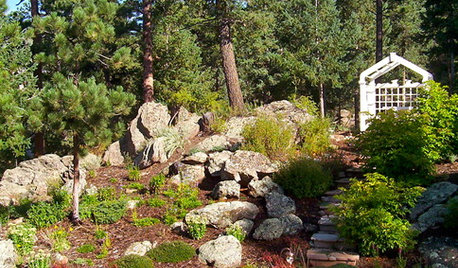
GARDENING GUIDESHave Acidic Soil in Your Yard? Learn to Love Gardening Anyway
Look to acid-loving plants, like conifers and rhododendrons, to help your low-pH garden thrive
Full Story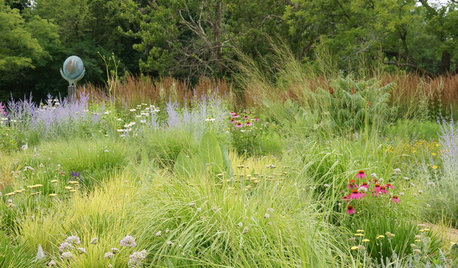
GARDENING GUIDESGet the Dirt on Your Garden’s Soil
Understand how your soil supports your plants so you can ensure your garden’s success
Full Story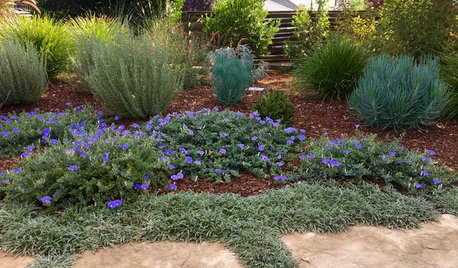
GARDENING GUIDESWhat to Do This Fall to Build Healthy Garden Soil
Take advantage of the cool season to improve soil texture and replenish nutrients
Full Story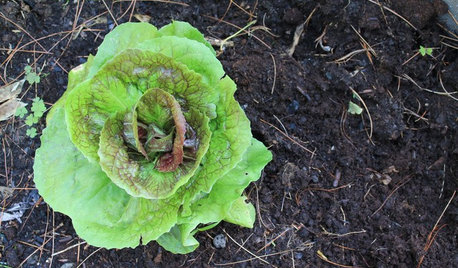
FARM YOUR YARDHow to Get Good Soil for Your Edible Garden
The nutrients in your soil feed the plants that feed you. Here are tips on getting it right — just in time for planting season
Full Story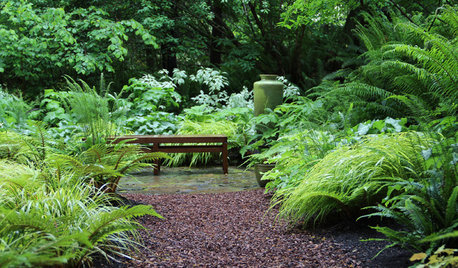
GARDENING GUIDES10 Solutions for Soggy Soil
If a too-wet garden is raining on your parade, try these water-loving plants and other ideas for handling all of that H2O
Full Story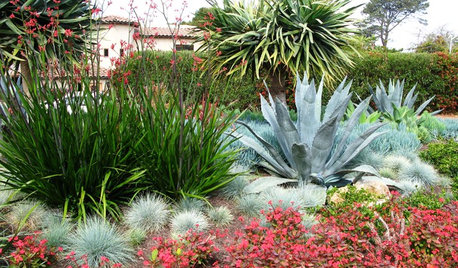
GARDENING GUIDESGardening Solutions for Dry, Sandy Soils
Has your desert or beachy site withered your gardening creativity? Try these ideas for a beautiful, easy-care landscape
Full Story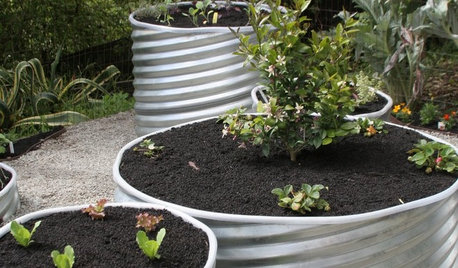
CONTAINER GARDENSContainer Gardening Basics: The Dirt on Soil
Learn the types of potting soil available and the best mixes to help your containers thrive
Full Story



davidrt28 (zone 7)